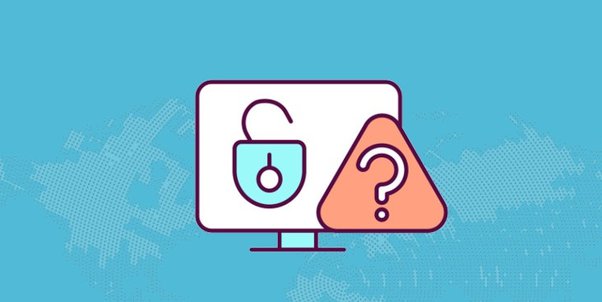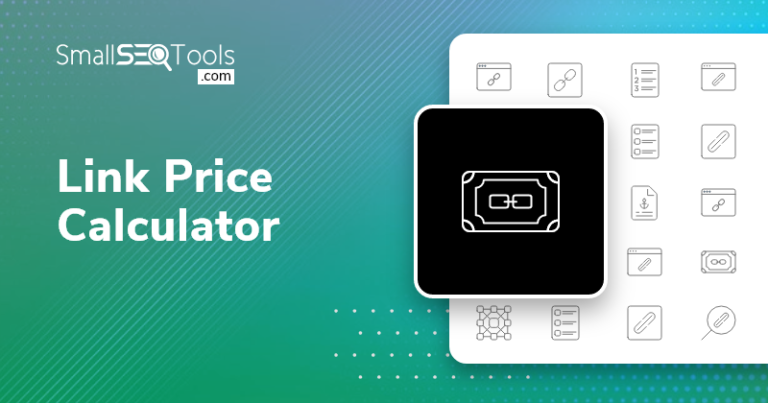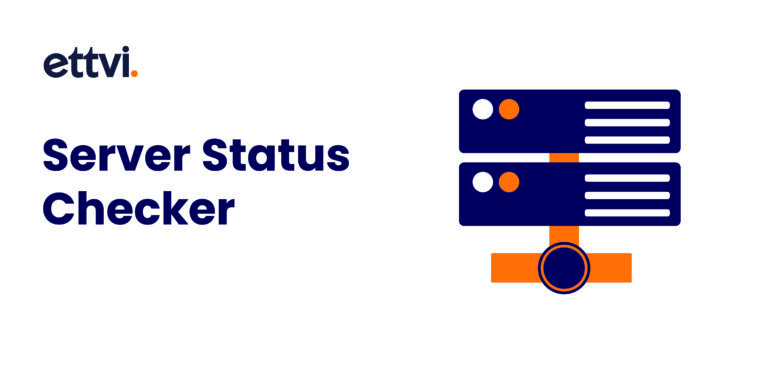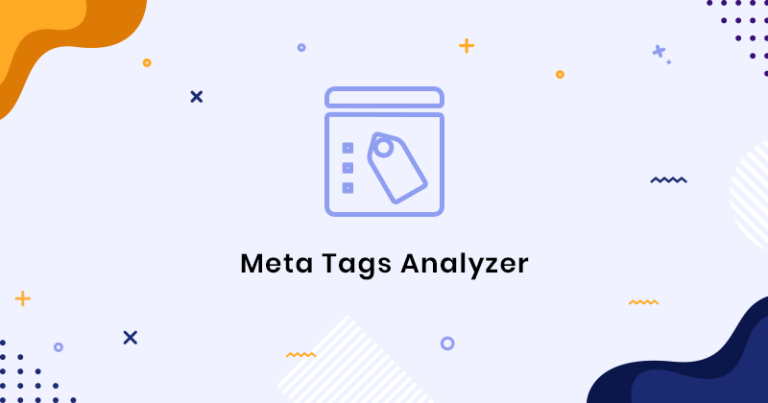Unmasking the Web: How to Use a Suspicious Domain Checker to Stay Safe Online
Let’s face it – the internet can be a risky place! Every day, thousands of users fall prey to cyber scams, phishing websites, and other digital traps. So, how do you protect yourself? One essential tool in your cybersecurity toolkit should be a suspicious domain checker. But what is a suspicious domain checker, and why should you care? In this article, we’ll explore how these checkers work, why they matter, and how you can use one to browse with confidence.
Why Should You Use a Suspicious Domain Checker?
Let’s start with the basics: why even bother with a suspicious domain checker? Isn’t it enough to just be cautious? While common sense is always helpful, cybercriminals have become incredibly sneaky. Many phishing and malware websites look almost identical to legitimate ones, fooling even the savviest users. Here’s why a suspicious domain checker is invaluable:
- Detect Phishing Sites: Many hackers create sites that appear genuine to trick users into revealing sensitive information. A domain checker can spot these deceptive sites.
- Avoid Malware Infections: Visiting malicious sites can lead to infections, slowing down your device and risking personal data.
- Protect Sensitive Information: Whether it’s banking details, passwords, or personal data, domain checkers can help you avoid sites that aim to steal sensitive info.
What Exactly is a Suspicious Domain Checker?
In simple terms, a suspicious domain checker is a digital tool that helps users verify whether a particular website is safe. Think of it as a detective for the web, analyzing the domain to see if it might be dangerous. These tools use multiple techniques to verify a site’s authenticity, like examining its hosting location, security certificates, and even user feedback to assess its trustworthiness.
How Do Suspicious Domain Checkers Work?
Curious how these tools can tell a good website from a bad one? Suspicious domain checkers typically analyze a variety of factors:
- Domain Age: Older domains are generally more reliable. New domains, on the other hand, may be less secure, especially if they were registered without proper security protocols.
- HTTPS Connection: A secure HTTPS connection is a must-have. Sites with HTTP (without the “S”) may not protect your data.
- Blacklist Databases: Domain checkers cross-reference with known blacklist databases to see if a domain has been flagged as dangerous or spammy.
- Domain Reputation: Using data from user reviews and feedback, some tools can estimate the overall reputation of a site.
Key Features to Look for in a Suspicious Domain Checker
There are many suspicious domain checkers out there, but not all are created equal. When choosing one, look for the following features to get the most reliable protection:
1. Real-Time Scanning
The best domain checkers use real-time scanning to analyze a domain’s current status, not just historical data.
2. Blacklist Integration
Make sure the checker is cross-referencing a reputable blacklist – this will give you better protection against phishing sites and malware.
3. Reputation Score
A reputation score is a handy, user-friendly metric. It tells you how a domain stacks up based on factors like trustworthiness, history, and previous user experiences.
4. Multiple Sources of Data
Look for checkers that gather data from various sources, such as WHOIS databases, IP location data, and user reviews. This multi-faceted approach improves accuracy.
How to Use a Suspicious Domain Checker
Using a suspicious domain checker is incredibly simple, even if you’re not tech-savvy. Here’s a quick guide to using one effectively:
- Find a Trusted Checker: Choose a reliable suspicious domain checker (some great examples include Google’s Transparency Report and VirusTotal).
- Enter the URL: Copy and paste the domain you’re concerned about into the checker.
- Review the Results: Once analyzed, the tool will display a safety rating, showing if the site is safe or potentially harmful.
- Decide to Proceed or Avoid: If the checker flags the site as unsafe, it’s best to stay away.
Top Suspicious Domain Checkers to Keep You Safe
There are plenty of suspicious domain checkers, but here’s a look at some of the best options for those concerned about security:
- Google Safe Browsing
Google’s Safe Browsing tool checks millions of URLs for phishing and malware. Plus, it’s free and super easy to use! - VirusTotal
This is one of the most popular suspicious domain checkers. It cross-references domains with multiple databases and provides a detailed report on each domain. - URLVoid
URLVoid provides a summary of reputation and blacklisting status, helping you make an informed decision about whether to visit a site. - Norton Safe Web
Known for antivirus, Norton also offers a web safety checker that highlights dangerous sites and even has an option for parental control.
Tips for Staying Safe Online Beyond Using a Suspicious Domain Checker
A suspicious domain checker is a fantastic start, but you can add extra layers of protection to stay safe on the web. Here are some simple yet effective habits to practice:
- Be Skeptical of Unknown Links: Avoid clicking on links from unknown sources or unverified emails.
- Install a Trustworthy Security Suite: Programs like Norton and Bitdefender offer real-time protection against malicious websites.
- Check for HTTPS Encryption: Always look for “HTTPS” in the URL bar. Sites without it are vulnerable to attacks.
- Educate Yourself About Phishing Tactics: Recognizing phishing tactics can go a long way. Be wary of websites that mimic trusted brands but ask for personal details.
Frequently Asked Questions (FAQs)
1. How reliable are suspicious domain checkers?
Most domain checkers are quite reliable, especially those that cross-reference multiple data sources. However, they’re not foolproof, so it’s good to stay cautious.
2. Can I rely on a single suspicious domain checker?
For best results, it’s wise to use two or three different tools if you have serious concerns about a website’s safety.
3. Are free suspicious domain checkers safe?
Absolutely! Many free checkers are safe and effective. However, be cautious and choose a reputable option to avoid accidentally using a phishing tool disguised as a domain checker.
4. What should I do if a domain checker marks a site as suspicious?
If a checker marks a site as suspicious, it’s safest to avoid it. If you must use it, consider opening it in a secure browsing mode or a virtual machine.
5. Do I need a suspicious domain checker if I have antivirus software?
Yes! While antivirus software is a strong defense, domain checkers provide an extra layer of protection specifically for browsing, making them a valuable addition to your security arsenal.
Conclusion
In a digital world where phishing and malware attacks are becoming more sophisticated, using a suspicious domain checker is a no-brainer. These tools offer you peace of mind, helping you browse confidently by assessing domains for any potential dangers. Whether you’re new to online safety or a seasoned pro, making a habit of checking suspicious domains can keep your devices, personal information, and sanity intact.
So, the next time you encounter a dubious-looking link or website, don’t take a chance! With just a few clicks, you can verify its safety and avoid potential pitfalls. Remember, when it comes to internet security, a little caution goes a long way. Stay safe and browse smart!






